AS SEEN IN





Home » Wildlife photo of the week | winter 2019-20
Welcome to a new season of wildlife photography featuring the very best of British wildlife. These snapshots are studies for my paintings and are worth enjoying in their own right. My photography has twice been commended in the British Wildlife Photographer of the Year Awards.
In this blog post I selected the best images of the season to share with you each week. I also share some of my wildlife knowledge about the animal featured, so please keep checking in and hopefully learn something new about wildlife each week.
Blue tits are one of Britain’s most popular birds – and did you know that joyous blue crown is essential to their survival? The brighter the blue crown on the head of a female blue tit, the more attractive she is to her mate. Scientists believe the intensity of colour signifies a female’s fitness as a mother.
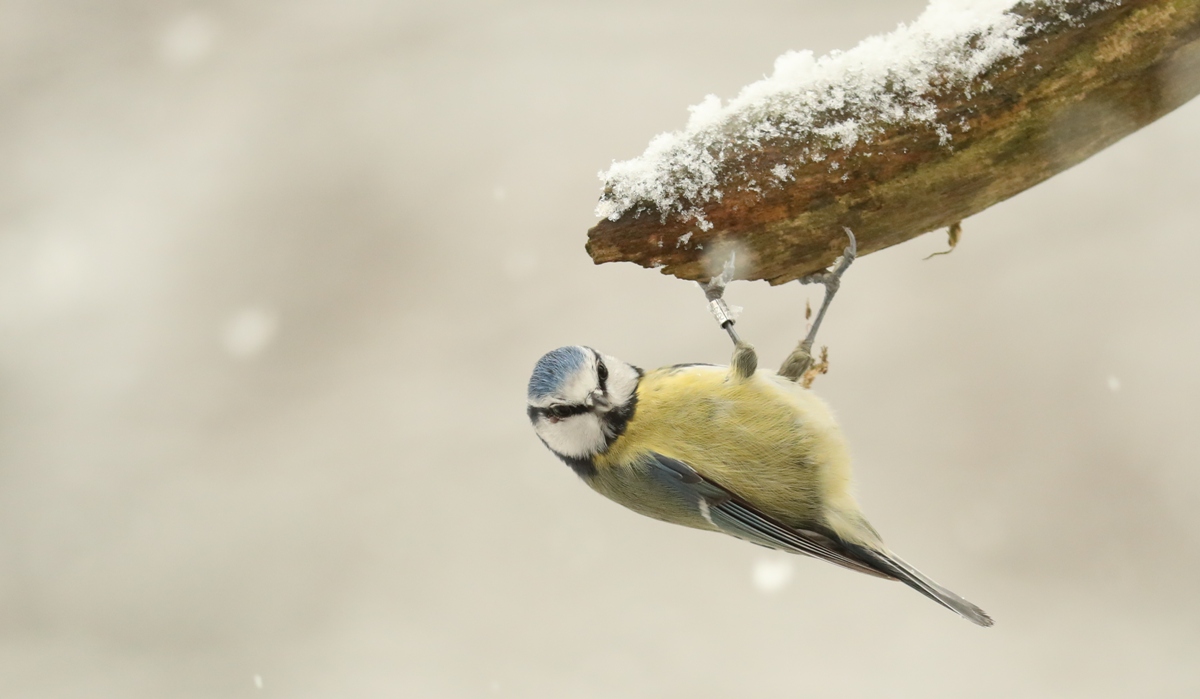
Badger cubs are being born in chambers deep underground now – just as their parents begin mating in preparation for next year. Delayed implantation means these litters won’t be born until this time next year.
Long-tailed tits begin building their nests earlier than any other birds. The male and female will work together to construct an intricate nest in the shape of a bottle, with a narrow entrance hole at the top. Made out of moss and lined with cobwebs, these will house their large families in the spring.
Click here to read my blog on watching these fun birds and see the paintings they inspired
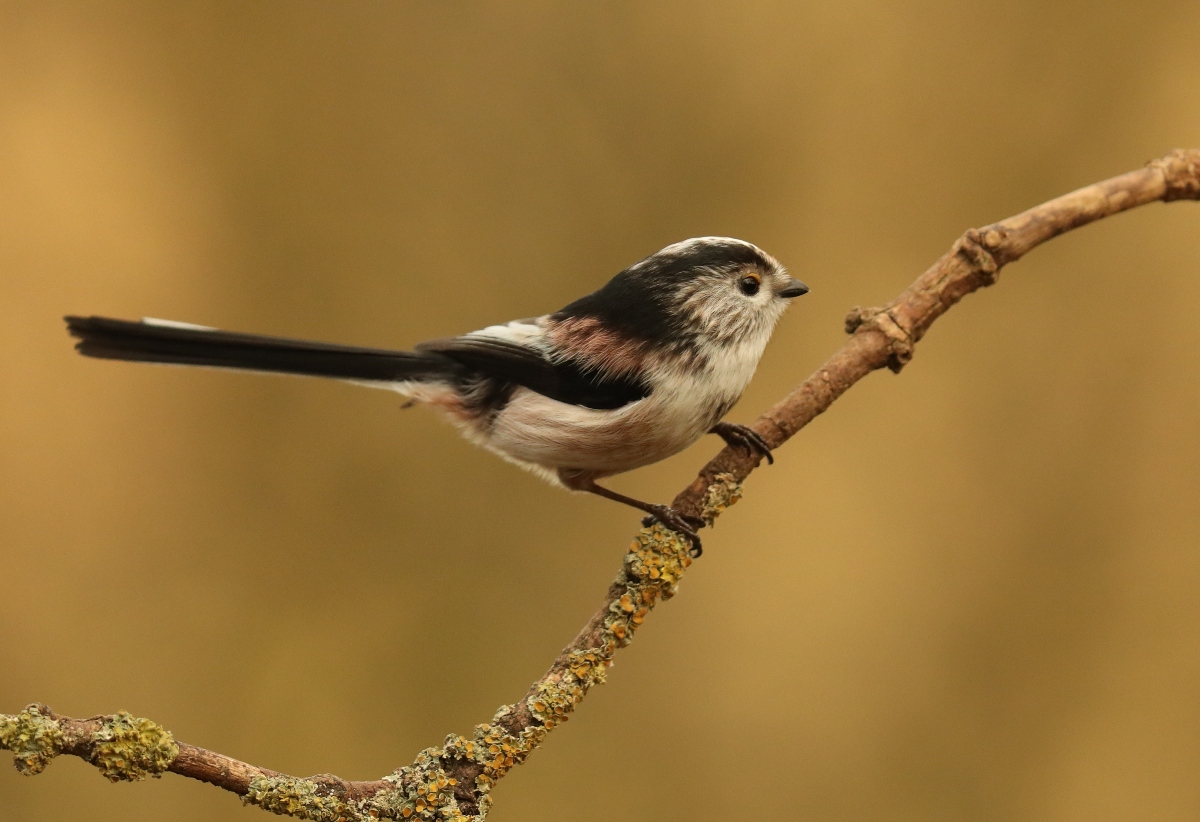
A week until Valentine’s Day and even the wildlife are getting in the mood. Mute swans express affection by entwining their long necks into the shape of a perfect love heart. This pose is part of a courtship ritual, in which pairs face each other and, with a ruffle of feathers and lifted wings, bow gracefully.
Click here to read my blog post on animals in love
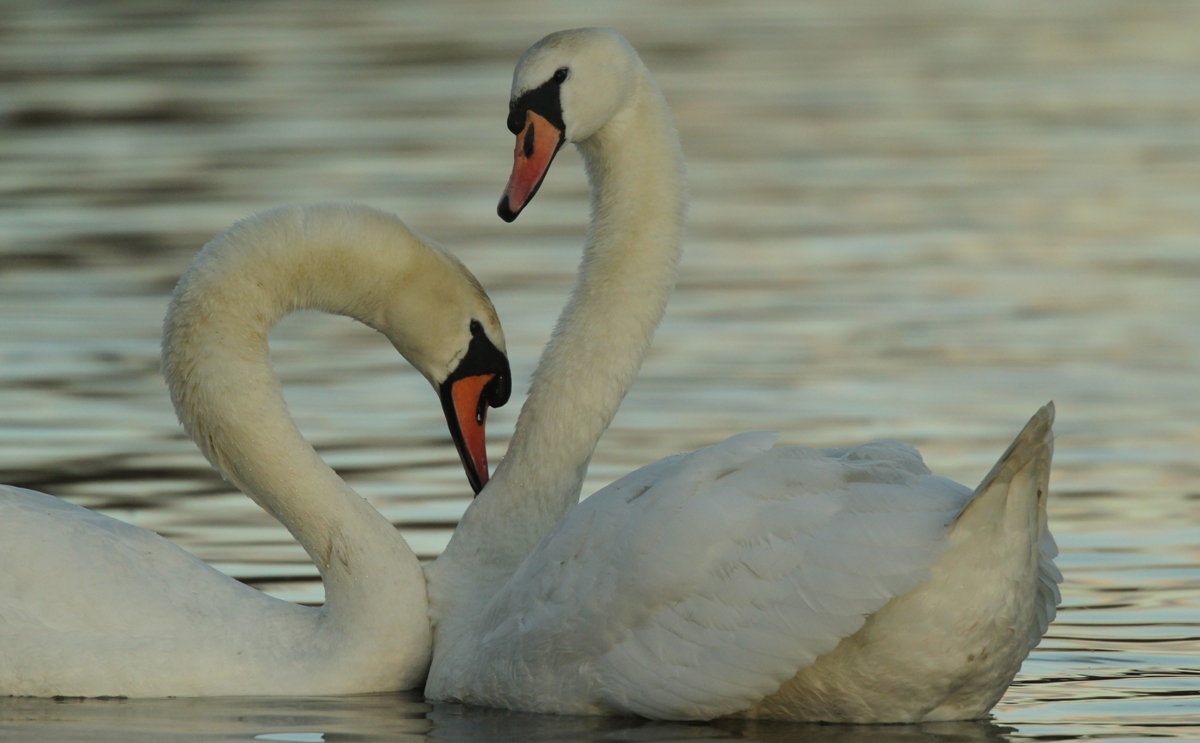
Little Egrets were once very rare visitors to the UK from the Mediterranean. Now, however, they are a common sight around our coastlines and their prevalence is understood to be due to increased temperatures caused by climate change. Tomorrow is World Wetlands Day, when the public is encouraged to value wetland habitats and their capacity to store excessive rainfall for periods of drought. Some people get confused between the little egret and the great white egret. The main difference is size, but also little egrets have yellow feet whilst great whites have black feet!
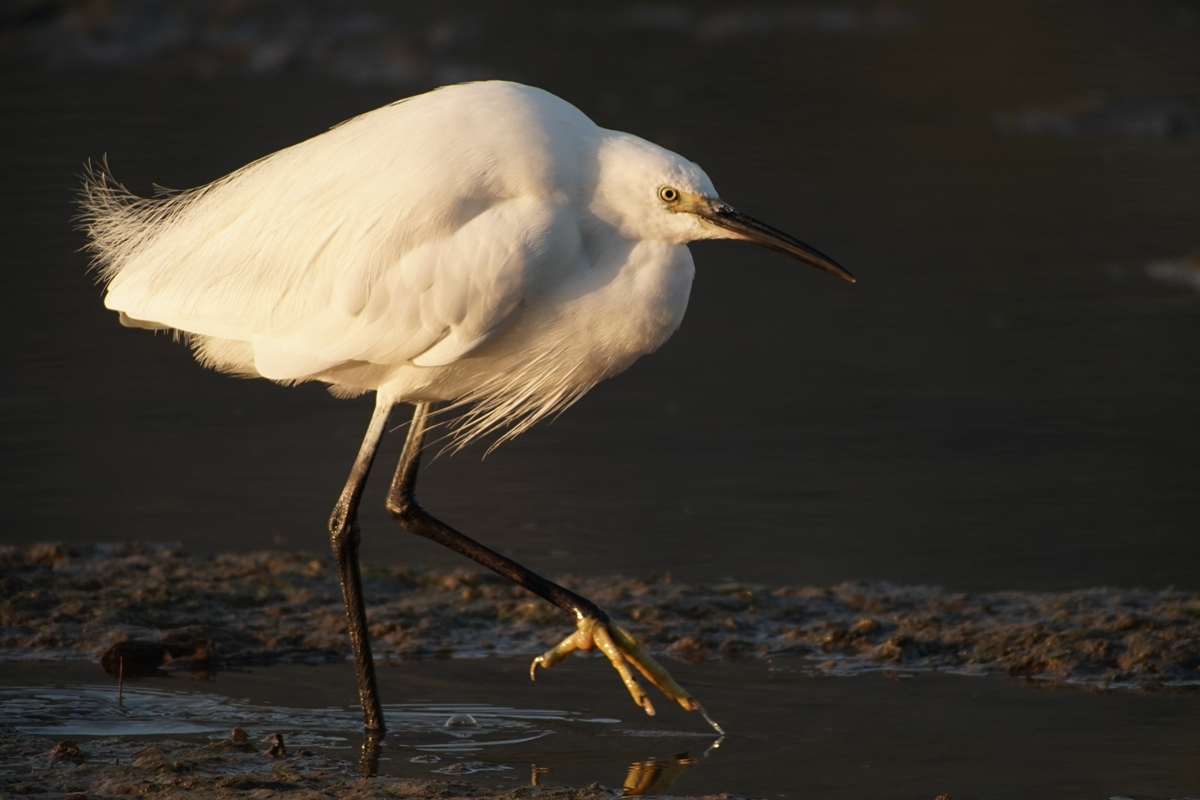
Goldfinches are one of the UK’s most striking birds. Their popularity as caged birds in Victorian times led to a serious decline in their numbers and was one of the first priorities of the Society for the Protection of Birds, which later became the RSPB . Now these handsome finches are one of the UK’s most common garden visitors. Join the RSPB annual Big Garden Birdwatch this weekend to help the charity keep count of how UK bird species are doing.
Click here for my tips on identifying birds for the Big Bird Count
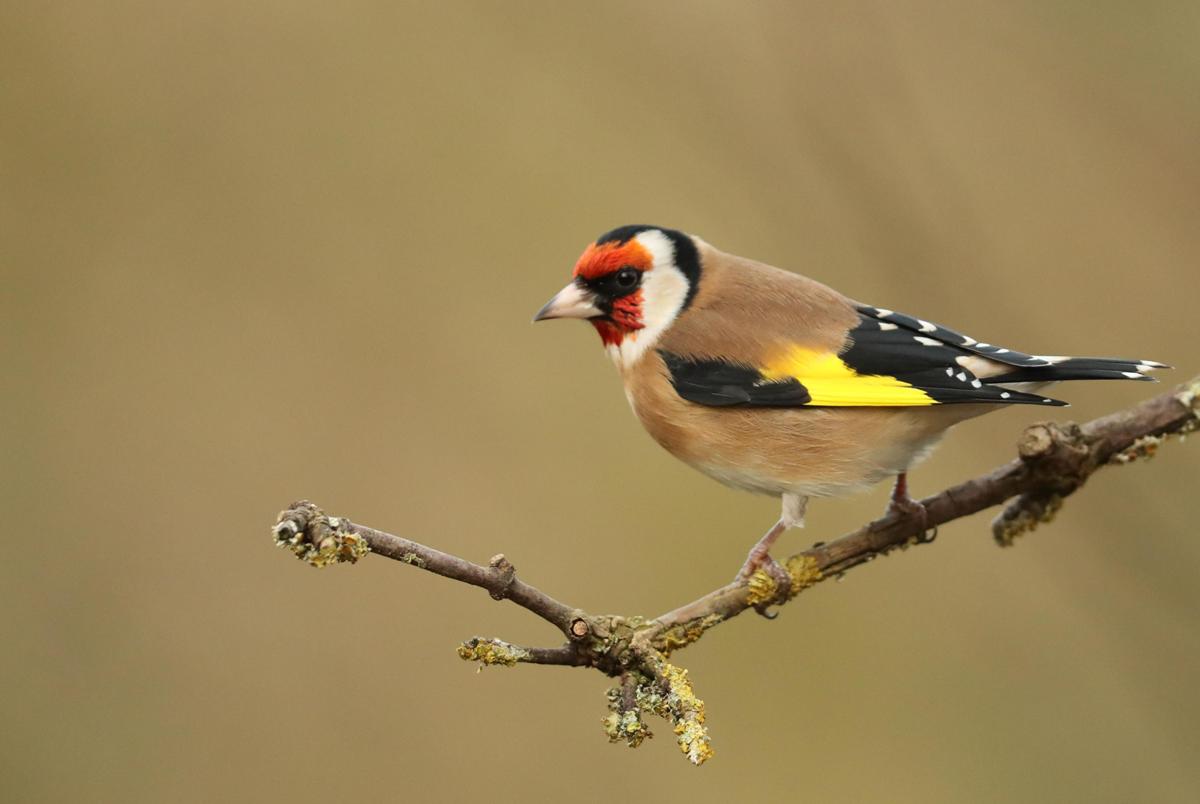
Waxwings get their name from the tiny red tip at the top of their wings which is said to make them look as though they’ve been dipped in sealing wax. Look out for these beautiful birds now in shopping centres and city car parks where they love to gorge on the brightly coloured berries of ornamental trees planted there.
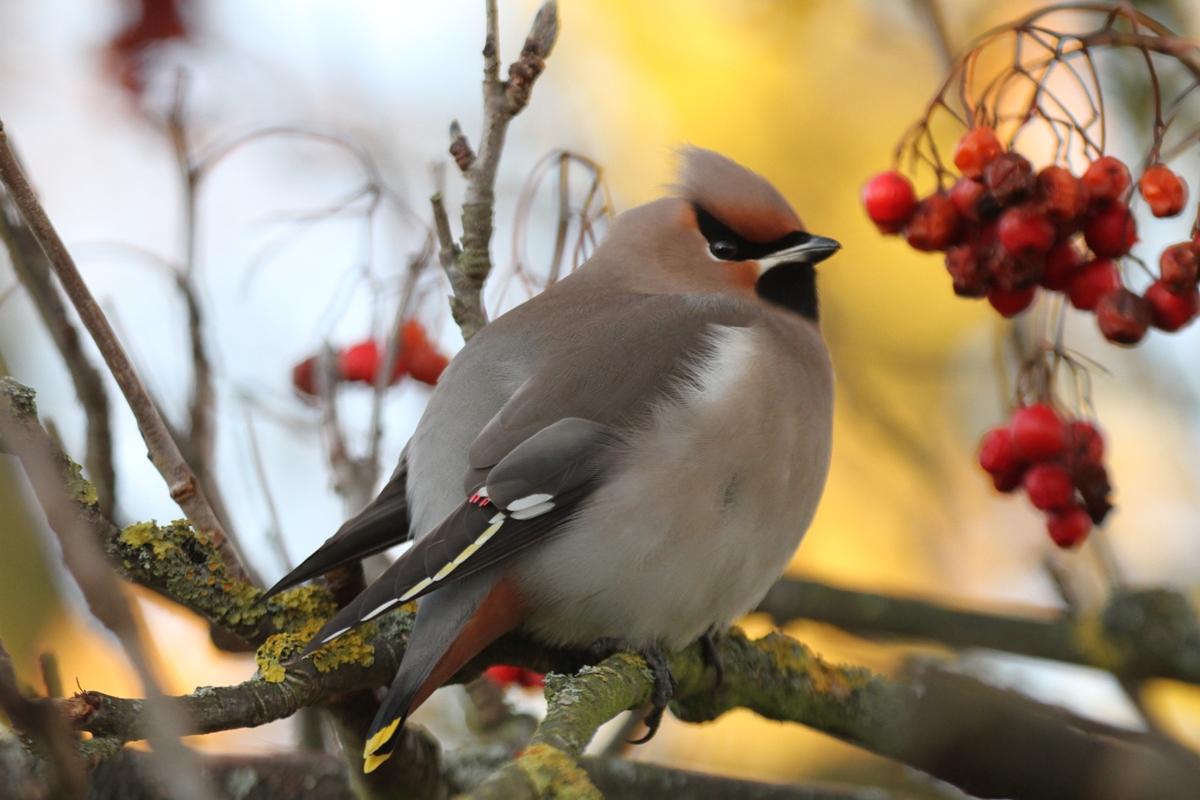
Eerie fox calls regularly shatter the night-time quiet of the countryside in winter. These loud, wailing screams are typically made by the vixen during mating. The dogs are also very noisy as they issue a raucous triple bark to proclaim their territory. Vixens are at their most receptive to fertilisation for as little as three days in midwinter, so the dogs shadow their intended closely to ensure paternity of the spring cubs.
Click here to read more about watching foxes in the wild.
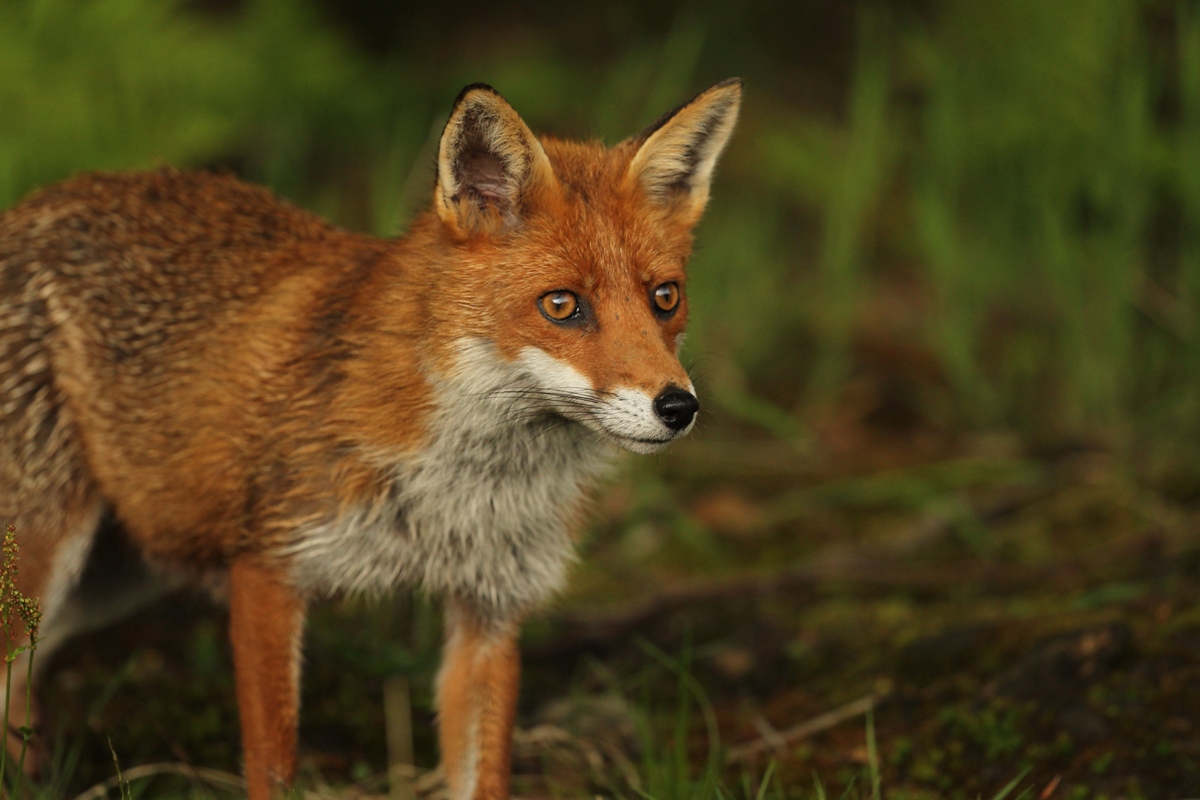
Bullfinches are one of Britain’s most beautiful birds, but also one of the country’s shiest and therefore only likely to venture into gardens in winter when food is scarce. Listen out for their quiet calls of ‘dew’ as they contact one another when in traveling in flocks.
Click here to read my top tips on how to get bullfinches in your garden
Did you know red squirrels can be either right-handed or left? They have five strong digits on each paw which each act a bit like thumbs. They use their front ‘hands’ to crack open nuts and acorns which they have stashed away for cold winter days.
Click here to read about red squirrels in Yorkshire
Today is National Robin Day. Robins are generally thought of as friendly because of the way they will hop right up to people and often even cock their heads to one side to look a gardener right in the eye. In fact, this fearlessness is a sign of aggression. These birds are fiercely territorial and this trait is the thing that helps them survive the bitter competition for food in winter.
Click here to read my blog on how birds survive the winter cold.
Barn owls often stand on one leg in winter to keep warm, alternatively lifting the other leg into the insulation and warmth of their feathers in order to avoid frostbite.
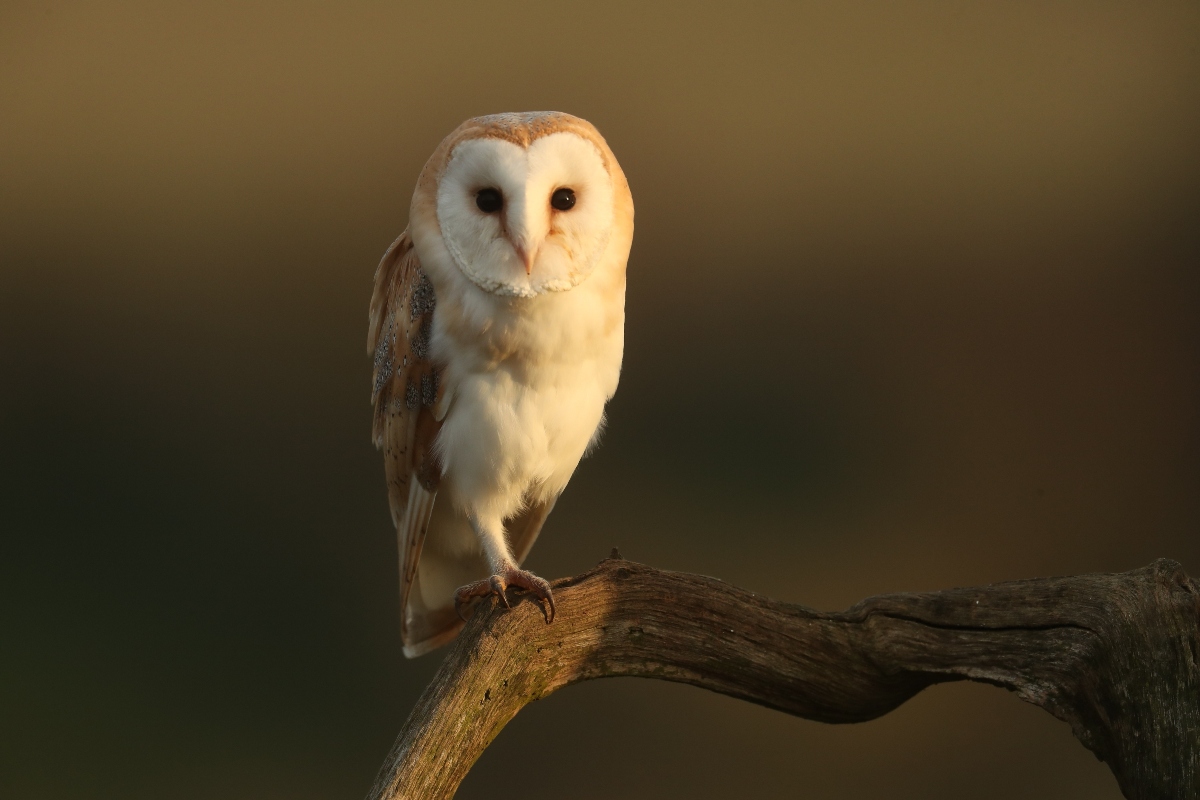
Now is the time to see grey seals. These lumbering sea mammals haul themselves onto beaches in huge numbers to give birth. The closest seal colonies to Yorkshire are at Donna Nook in Lincolnshire or on the Farne Islands in Northumberland.
Click here to read my story of watching seals for a painting
Enjoy my wildlife photographs? Click here for more snapshots taken throughout the seasons.
Related Products:
None found
Sign up to my newsletter for updates on news, wildlife sightings, products and more directly to your inbox
AS SEEN IN





THE ROBERT FULLER GALLERY
FOTHERDALE FARM
THIXENDALE, MALTON
YO17 9LS
UNITED KINGDOM
TEL: +44 (0) 1759 368355
EMAIL: mail@robertefuller.com